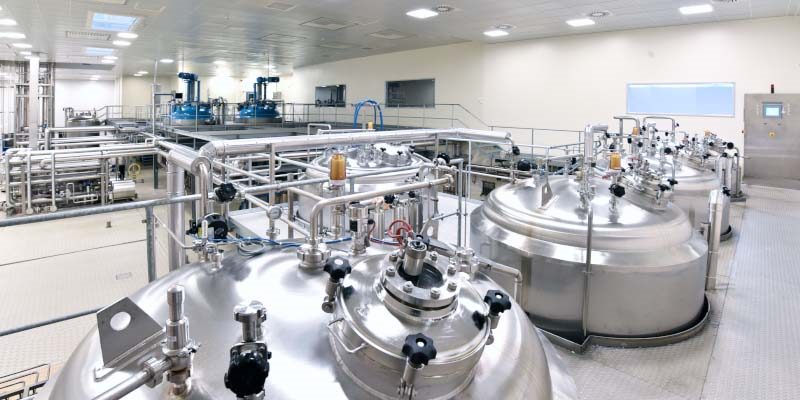
Many industries are a ticking time bomb without knowing it. It's not about something blowing up like in the movies, but about the risk that contaminated water and other harmful fluids from the operation could flow back into the municipal water system. The solution is backflow protection. Here's how to get one in place smoothly.
Backflow means that contaminated water or other harmful liquids are pushed or sucked into an installation, such as the municipal water supply network. If the flow is in the wrong direction, the local authority must turn off the water and clean the pipes.
Without water in the tap, it immediately becomes a major challenge to provide health care, education and social services. Businesses are on their knees - whether it's a large industry or a small restaurant on the corner. And people in general start complaining because they have to go and fetch water from barrels.
Soon the journalists are there asking who is responsible. The property owner does, according to Section 47 of the Public Water Services Act (2006:412). The law states that property owners who have exceeded their rights or neglected an obligation must restore what has been disturbed or remediate what has been neglected and compensate the damage to the responsible party, i.e. the municipal water company.
Good backflow protection is therefore not only important for your own business, but also for the businesses of others and society in general.
A backflow preventer prevents contaminated water and other harmful liquids from entering the municipal water network. A backflow prevention module consists of one or more check valves and the exact design depends on the type of liquid. The Swedish standard SS-EN 1717 divides liquids into five categories based on consumption needs and health risk.
In addition, the BBR (Building Regulations of the National Board of Housing) states that installations should be designed according to the above-mentioned standard to prevent the backflow of contaminated water or other harmful liquids. Does this mean you are always safe? Unfortunately not. Things tend to change over time, both buildings and the regulations that govern them. You need to know to be safe.
A good place to start is to develop a risk assessment with a technically knowledgeable person. This could be a consultant or installer, a technical manager at your local authority or a technical expert from Armatec.
The first thing you need to do is to make an inventory of the VA installations and installations related to your production that are present in the property. Where is there a risk that contaminated water or other harmful liquids could flow back into the municipal water supply network?
Then continue with the surrounding area. Are there any nearby activities and technical systems you need to take into account? Please tell others that you have started to address the issue of backflow protection. Think of backflow protection as a seat belt. There is no point in wearing a seatbelt in the front seat if the person in the back seat does not.
Finally, you need to establish the nature of your business. This may sound trivial, but it's important because it determines which liquid category according to SS-EN 1717 your protective module(s) need to be designed for.
It's easy for backflow protection to be given low priority. On the one hand, it is a relatively unknown area, and on the other hand, it is difficult to be proactive in all areas that could cause problems.
But backflow is not just any area. If contaminated water or other harmful fluids reach the municipal water supply and it turns out to be coming from your business - you've got an uphill battle on your hands. It may not go so far that Uppdrag Granskning knocks on the door, but someone will want to know what happened and why.
Don't tarnish your company's reputation or your own. Contact us at Armatec, and we'll help you take the next step to a perfect backflow prevention system. For example, we can send a service technician out to you for an initial site survey, or put you in touch with a local plumbing consultant or plumbing engineer if you prefer.